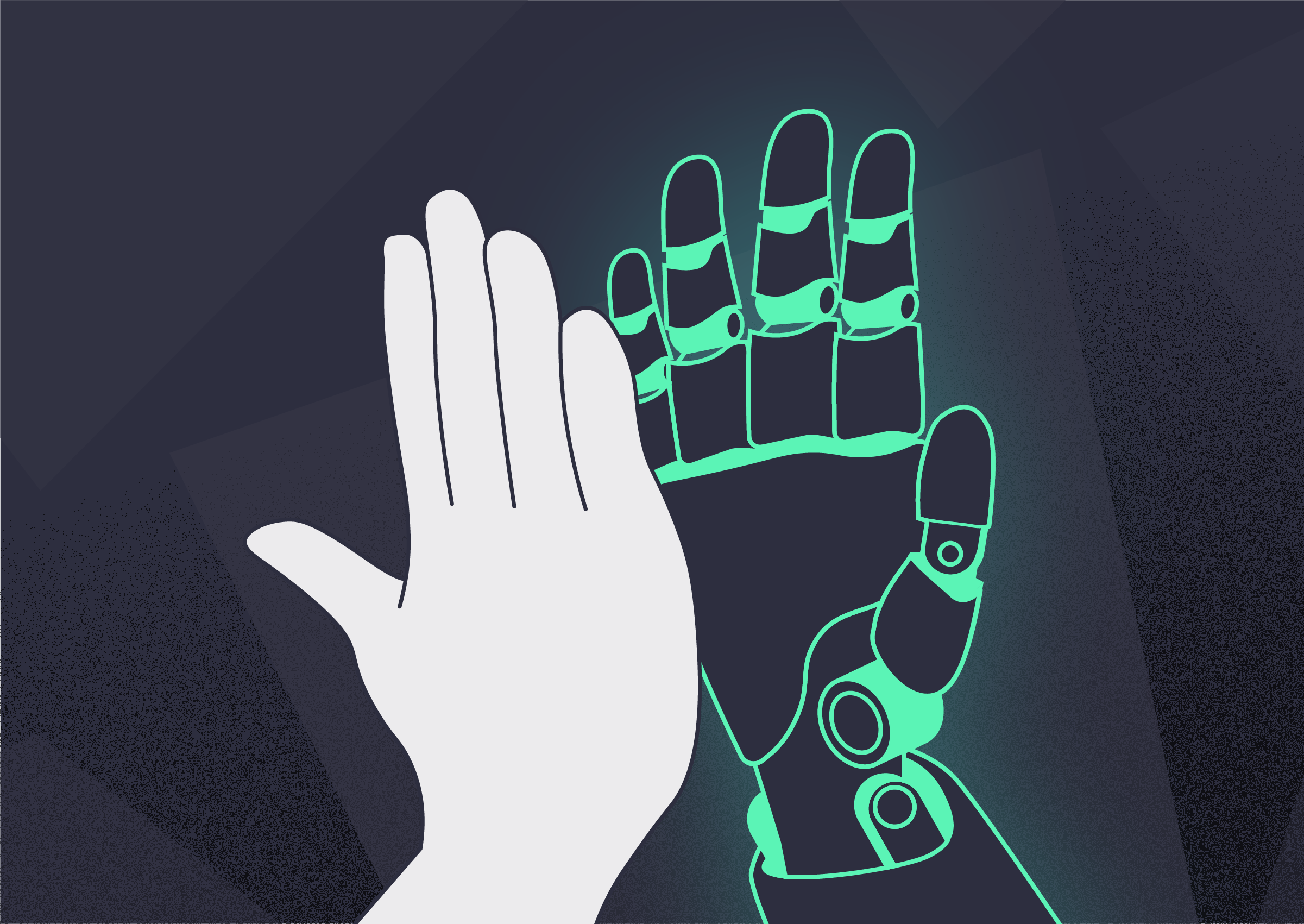Flux Federation | 29 October 2020


If you want to run a successful energy retail business in these challenging times, you need to reduce your cost-to-serve and improve your end user experience. Here’s how Flux can help you achieve your goals without losing the human touch.
Ever since humans started inventing things, we’ve been a little bit afraid of our creations. Some feared the telephone was designed to help us communicate with the dead. Others worried that the microwave oven would blow up our kitchens or give us cancer. In early science fiction, the robots were always waiting to take over but they were robots you could see. More recently, people are anxious about the kind of artificial intelligence that’s less visible. When New Zealand electricity and gas distributor Vector announced a partnership with Amazon Web Services (AWS) that would involve analysing data from smart meters in 1.6 million Australian homes, privacy advocates raised red flags. One critic likened it to the city of Melbourne selling all its CCTV camera access to Amazon so it could develop targeted new products and services.
While Vector and others point out that there are plenty of controls in place - data is anonymised and smart meters do more good than harm - the partnership raises a fair question: how do you control machine learning when the machines are controlling all the information?
At Flux, we put people first. Let’s take a look at how and why having a customer-centric philosophy and using human-centred design in product development makes a difference to our clients and their customers.
Human-centred design means putting people and the things that trouble them at the heart of what we do. People are at the core of our approach to problem-solving at Flux - we think about the end user first.
We maintain a tight focus on systems thinking and our dedicated research team puts in the work to ensure our products are the best they can be. As AI and machine learning increasingly automate process and decision making, this kind of human-centric design is critical to ensure that we’re reducing cost-to-serve for our clients without negatively impacting user experience. That includes making sure that we factor in privacy and security considerations.
Security is paramount at Flux, for a number of reasons. We want our clients and their customers to trust our product and our people, as well as meet regulatory and security compliance standards in different jurisdictions. To that end, we’re proud to be ISO 27001-certified, which means our products comply with a globally-recognised and regularly audited information security standard. We take steps to ensure every feature we build in our products meets our standards. All our people go through security and privacy training, so we’re well-briefed on everything from what good password hygiene looks like to the basics of GDPR. It’s also important to recognise that Flux is a data processor, while our clients are data controllers. This means Flux doesn’t do anything with our clients’ customers’ data without consent. We anonymise any data used in testing and only ever see customer data in specific and tightly controlled scenarios, for which we’ve sought consent first. Data encryption, secure use policies, background checks and vetting are all part of a suite of strict security and privacy controls.
Data analysis shows us what the pain points are for our users - such as high drop-out rates in a task journey, slow progress in task completion or where there are repetitive and unnecessary steps that make it more difficult for users to complete tasks.
Looking at the data helps validate the issues we identify through qualitative research and understand their impact, such as how often these types of cases occur and how much time do they currently cost the retailer? It helps us to understand the different use patterns across markets, test hypotheses or questions we may have along the discovery process and estimate the change impact on proposed solutions.
When it comes to delivering continuous product improvement, we measure the deliverable impact by monitoring the key user-centred metrics (including cost-to-serve). We periodically review product performance through data, which feeds back to improvement opportunities.
What’s next?
AI plays a part in nearly every sector; machine learning is used in healthcare, agriculture, manufacturing, transport and energy. At Flux, our goal is to use technology to continuously optimise how our product performs for our clients. We can use data to empower energy retailers to innovate and improve how they deal with their customers. Automating manual processing and decision making isn’t about replacing people or removing operator autonomy. Instead, we believe it helps our product exceed the expectations of our clients and the end-users by both reducing cost-to-serve and increasing customer loyalty through improved service. It frees operators from repetitive manual tasks, meaning they can focus on activity that truly adds value to their business. You’d have to be a robot not to see the sense in that.
Flux combines automated processing with human-centred design to help energy retailers succeed. Want to know how we can help you? Talk to us.

Sign up for the latest updates in technology, changes, regulations, and new energy products from Flux.